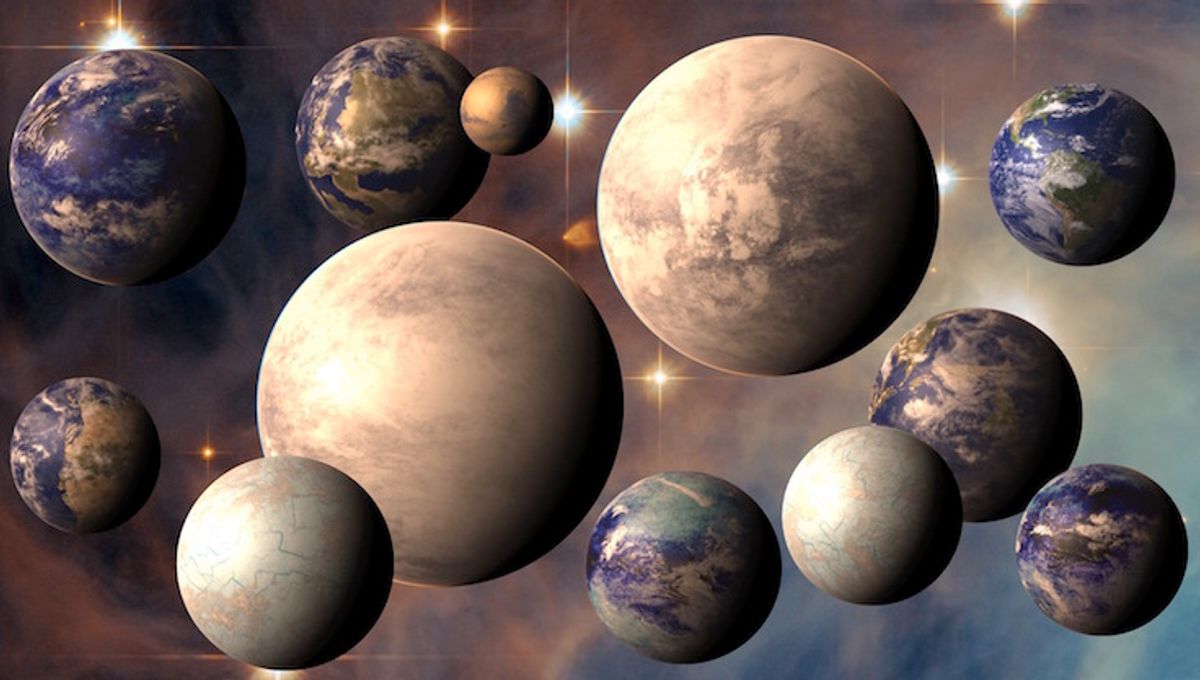The Copernican principle, a fundamental idea in astronomy, posits that Earth and humanity do not hold a unique or privileged position in the cosmos. Yet, as we examine our Solar System alongside known star systems in the universe, a stark contrast emerges: there appears to be no other system that closely resembles our own.
At first glance, the Solar System is rather orderly. It features a yellow sun, four terrestrial planets, an asteroid belt containing a dwarf planet, as well as two gas giants and two ice giants, all enveloped in a cloud of icy objects from which long-period comets originate.
Currently, astronomers have confirmed over 5,920 exoplanets across approximately 4,550 planetary systems. While this is a substantial number, it represents only a small fraction of the anticipated 100 billion stars that populate the Milky Way galaxy. Thus, the Copernican principle remains intact; we simply have not yet discovered enough planetary systems to draw conclusive comparisons.
When examining the diverse array of exoplanets, it is evident that many are drastically different from those in our Solar System. Among these worlds are lava and ocean planets, alongside super-Earths and sub-Neptunes that have no counterparts in our system. There are even planets with densities comparable to cotton candy, and others that face destruction from their parent stars.
Among the most bizarre findings are hot Jupiters—gas giant planets residing perilously close to their stars. It is believed these massive planets likely formed on the outer fringes of their systems before migrating inward. Such movements could erase any nearby planets, either by consuming or ejecting them from their home systems.
In contrast, no such migrations appear to have occurred in our Solar System, although it is theorized that Jupiter may have displaced another gas giant early in its formation, potentially stabilizing the configuration of our own celestial neighborhood. Other planetary systems, however, may not share our fortuitous arrangement.
Given the nature of planetary formation, it is statistically improbable that we are the sole solar system to emerge from such a chaotic process with stability. The primary reason we struggle to identify a Solar System equivalent lies in the limitations of current observational techniques and telescopes.
Direct imaging of planets is feasible in some instances, but these observations are typically reserved for larger planets orbiting at greater distances from their stars. Alternatively, the transit method—detecting the slight dimming of a star as a planet passes in front of it—and the wobble method, which measures the gravitational influence of planets on their stars, can also yield results.
These techniques require extensive data collection over time, particularly if the planets are located farther from their stars. For example, should an alien civilization possess the right vantage point to observe our Solar System, they could confirm the existence of rocky planets near the Sun after several years, but it would take upwards of 35 years to validate Jupiter’s presence and nearly a century for Saturn.
This inherent observational bias complicates the search for exoplanets like those found in our Solar System. However, it does not imply that finding a similar system is an insurmountable task. Advances in technology and analytical methods are increasing the discovery rate of Earth-sized planets, potentially bringing us closer to locating a planetary system that shares characteristics with our own.

